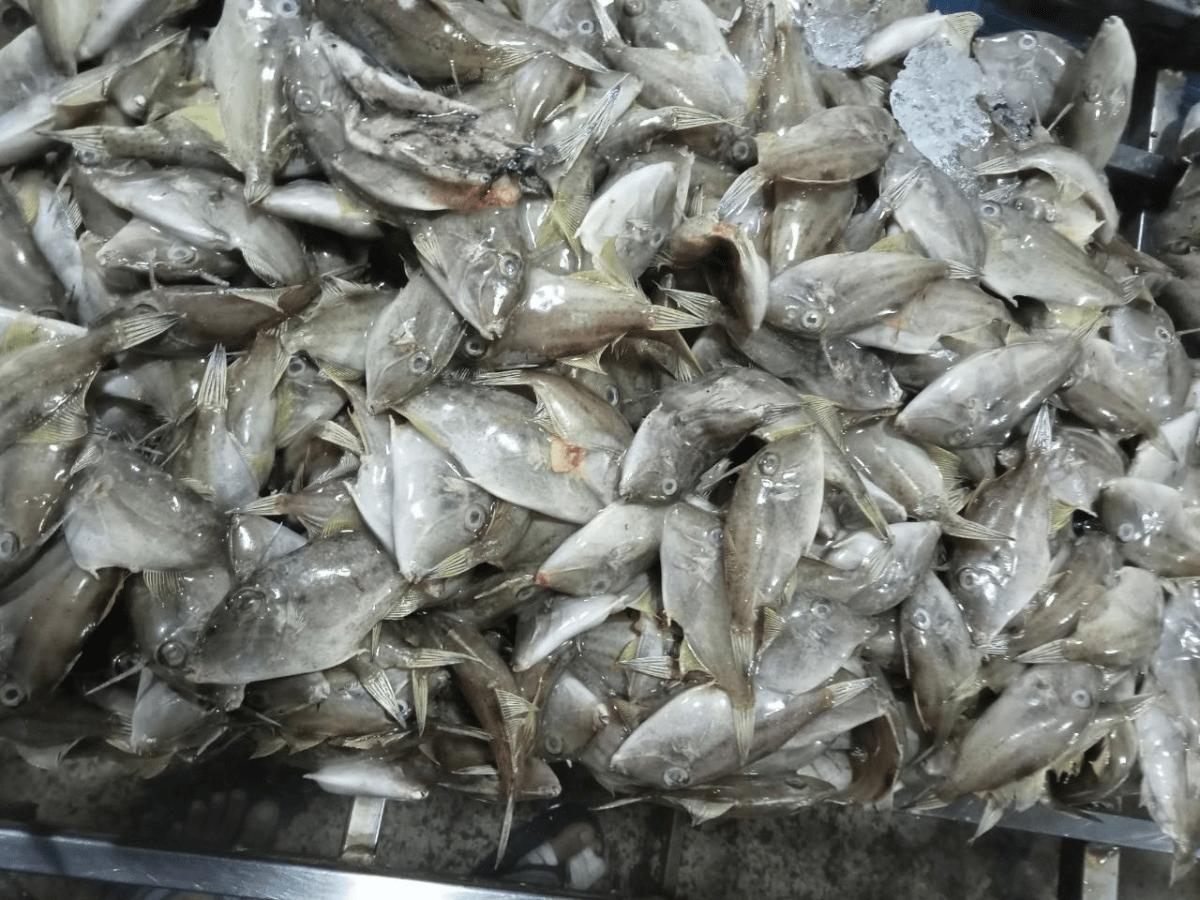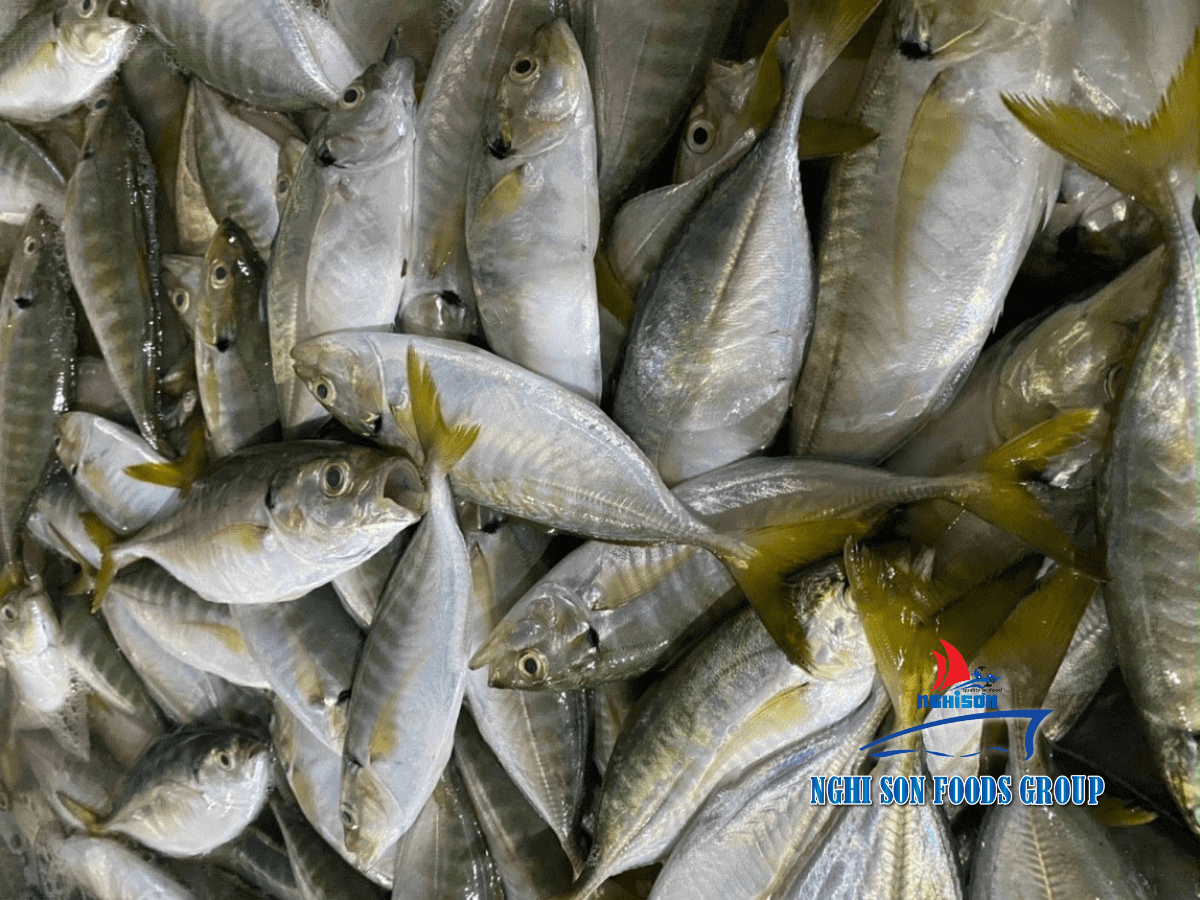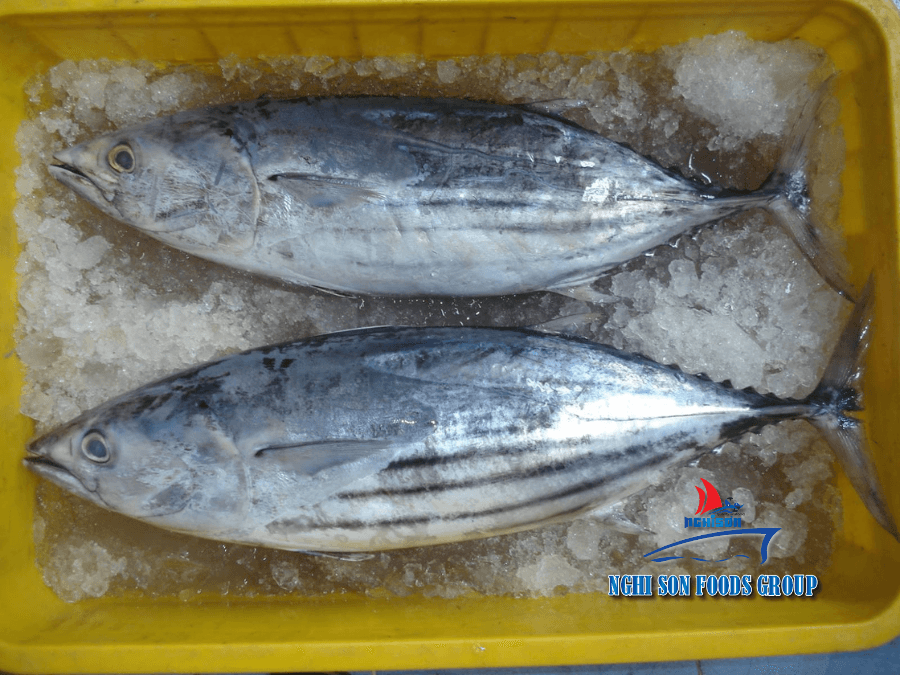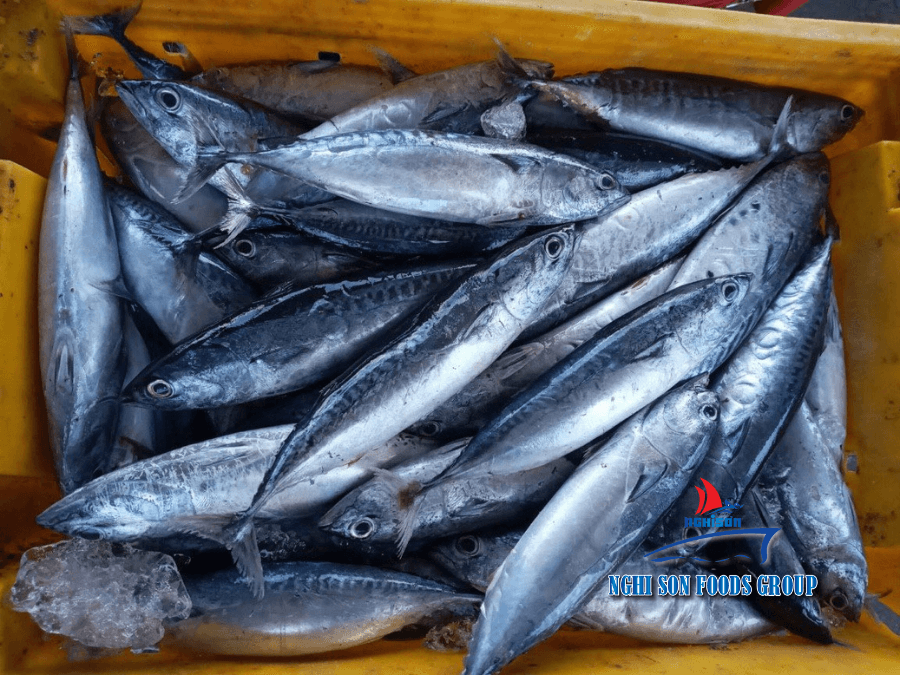What is the Leather Jacket Fish?
The leather jacket fish, scientifically known as Monacanthidae, is a remarkable family of fish found worldwide in warm and temperate waters. These fish are instantly recognizable by their unique appearance, featuring flattened, disc-shaped bodies enveloped in a resilient, leather-like skin that can be adorned with spines and vibrant patterns. Depending on the species, leather jacket fish can display various colors and patterns, ranging from mottled brown to vibrant shades of blue and yellow. They are often found near the seafloor, where they forage for small crustaceans and other marine organisms.
Characteristics of Leather Jacket Fish
- Physical Appearance: Leather jacket fish are known for their distinctive, flattened bodies covered in tough, often spiny, leather-like skin. This unique armor-like skin serves as protection against potential predators.
- Size: Leather jacket fish come in various sizes, depending on the species. Some individuals can grow up to 2 feet (60 centimeters) or more in length.
- Habitat: These fish primarily inhabit shallow coastal waters, coral reefs, and rocky environments. They thrive in regions with warm and temperate climates.
- Diet: Leather jacket fish have a diverse diet, mainly consisting of small crustaceans, mollusks, and other invertebrates found on the seafloor. Their sharp teeth are well-suited for crushing shells and capturing prey.
Culinary Uses
While leather jacket fish might not be as renowned in some culinary traditions, they are highly valued in regions where they are commonly found:
- Australia and New Zealand: In these countries, leather jacket fish enjoy popularity. They are often prepared by grilling, pan-frying, or deep-frying. Their firm, white flesh boasts a mild flavor, making them versatile for various cooking methods.
- Southeast Asia: In certain Southeast Asian cuisines, leather jacket fish find their way into curries, stews, and steamed dishes. The fish’s texture allows it to absorb the flavors of sauces and spices effectively.
- Sashimi and Ceviche: In regions where it is safe to consume, leather jacket fish can be served raw as sashimi or incorporated into ceviche dishes. Careful handling and sourcing are imperative when preparing these raw delicacies.
Health Benefits
Including leather jacket fish in your diet provides several health advantages within a well-balanced eating plan:
- Protein: Leather jacket fish is an excellent source of protein, delivering approximately 20 grams per 3.5-ounce (100-gram) serving. Protein is crucial for muscle development and tissue repair.
- Vitamins and Minerals: Leather jacket fish contains vital nutrients like vitamin B12, selenium, and phosphorus. Vitamin B12 supports nerve function, while selenium acts as an antioxidant and reinforces the immune system.
- Low Calories: Leather jacket fish are relatively low in calories, making them an excellent choice for individuals looking to maintain calorie control while receiving essential nutrients.
Cooking Tips
Cooking leather jacket fish successfully entails careful consideration of its unique qualities:
- Handling: Be cautious when handling leather jacket fish due to their spiny skin. Use care during both cleaning and preparation.
- Flavor Pairing: Leather jacket fish’s mild flavor makes it a versatile canvas for various seasonings, including garlic, lemon, herbs, and spices.
- Cooking Methods: Leather jacket fish can be prepared using a variety of cooking techniques, including grilling, pan-frying, deep-frying, baking, and steaming. The choice of method depends on your preference and the desired dish.
- Filleting: Filleting leather jacket fish requires skill due to their distinctive body shape and skin. Consult reliable resources or seek guidance from experienced fishmongers when attempting filleting.
- Serving: Leather jacket fish complements a wide range of side dishes, such as rice, vegetables, or salads. Its mild flavor harmonizes well with diverse culinary creations.
Potential Concerns
It is essential to acknowledge that not all leather jacket fish species are safe for consumption, and some may have specific safety concerns, including:
- Toxins and Allergens: Certain leather jacket fish species may contain toxins or allergens that can lead to adverse reactions in some individuals. It is crucial to identify safe and suitable species for consumption within your region.
- Spines and Handling: Leather jacket fish’s spiny skin and unique body structure require careful handling. Proper cleaning and preparation are paramount.
Flavor Profile
Leather jacket fish is celebrated for its mild and clean flavor profile:
- Mildness: The fish’s taste is often described as mild with a subtle sweetness, making it a versatile ingredient for various culinary preparations.
- Texture: When cooked, leather jacket fish exhibits a firm and flaky texture, which holds up well to different cooking methods.
- Versatility: Its mild flavor and adaptable texture render leather jacket fish suitable for an array of dishes, from simple grilling to more complex curries and stews.














Reviews
There are no reviews yet.